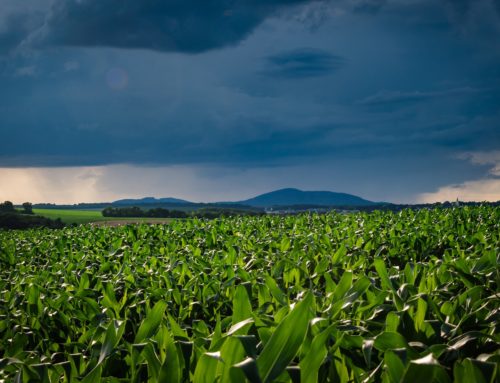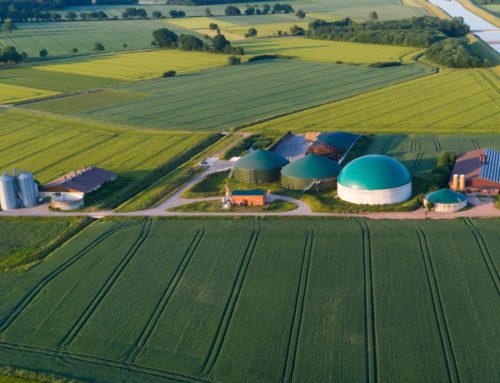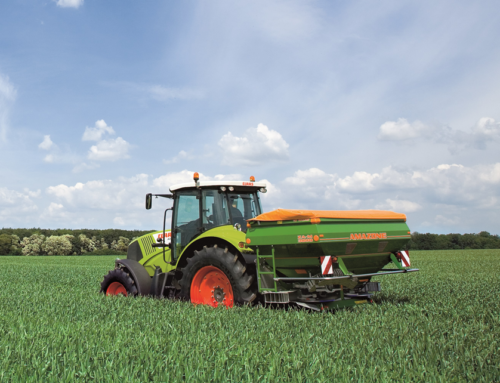Now you can plan section-specific sowing with your farming software!
Spring is coming! This means that there will soon be a lot of tasks that need doing out in the field, such as tilling, sowing and fertilising. Farming software is the ideal solution when it comes to ensuring the efficient planning and execution of these tasks. It allows you to document all work directly from the field and the relevant data is automatically added to the field catalogue.
With the section-specific cultivation, you can take the vegetation distribution differences and different yield potentials into consideration. Zone maps, which can be created with (several years of) satellite data, form the basis for this. The data collected can then be used to generate application maps for the sowing, for example and the seeding rate can be varied within a field according to the (long-term) vegetation distribution.
Advantages of section-specific sowing
- With a seeding rate that has been adapted to the vegetation or yield potential sections, the seed can be spread optimally in the field and used as efficiently as possible.
- When creating application maps, the seed quantities to be spread are precisely calculated. This makes it easier for you to plan the required seed quantity and can help you save product.
- The precise calculation of the seeding rate prevents additional journeys for overseeding for example.
- It also helps to reduce fuel costs thanks to the reduced number of routes.
- Improving the supply of seeds can have a positive impact on your yield.
- By balancing out the distribution of the seed, you can also optionally homogenise any differences in the yield distribution.

Technical requirements of the section-specific sowing
Sowing with application cards requires a certain level of technology. The tractor and drilling machine or seeder must be technically capable of processing the data. A steering system is required to use application maps. We recommend using RTK signals for the sowing in order to achieve the highest degree of precision possible. Section Control regulates the switching on and off of section widths and sowing rows. In addition, the tractor terminal and the drilling machine must support the TaskController GEO ISOBUS functionality. The separating units on the drilling machine must be powered electrically. If possible, the seeding rate can be varied within a few metres. The seeder must have a variable rate control function, as this controls the seeding rate according to the application maps. This means that when driving in the field, the application rate is automatically adjusted to the target values stored in the map. The seeding rates are then determined and the maps created. Afterwards the data can be exported as an ISO XML or Shape file and can be transferred to the tractor terminal either with a USB stick or via a cloud service. Finally, the tasks that have been performed are exported to the field catalogue.



